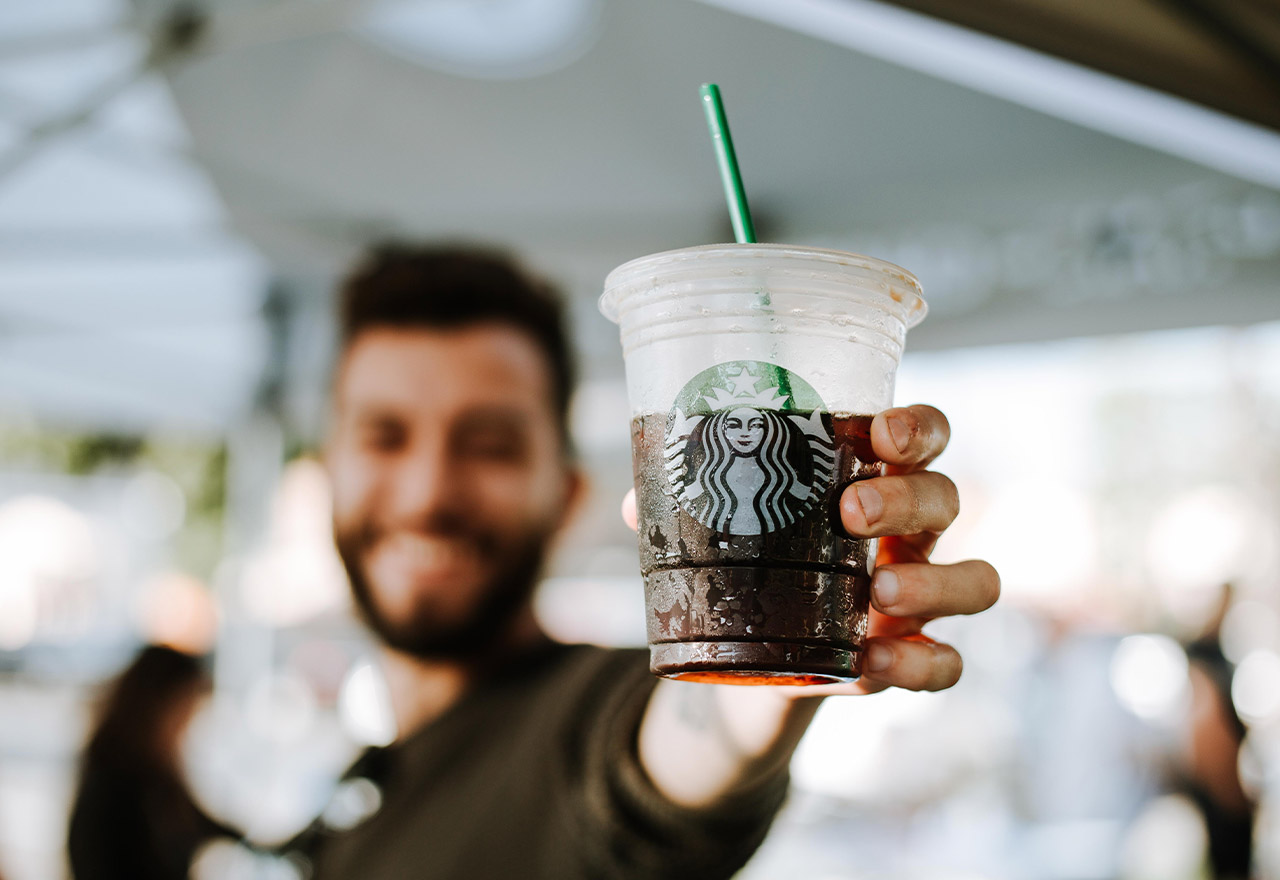Marketing
Building international brands: the art of making every market feel like home.

In this day and age, almost every brand has the potential to go global. There used to be just a handful of truly global brands, but now it feels like that number is rising exponentially every year. That’s why when creating new brands, it’s critical to look at the brand with a global perspective from the very start.
However, there are different considerations when working with an established brand looking to enter into new markets. As Starbucks proved in Australia, you’re never too big to fail and what works in one country might not work in another. On face value, it should have been a success: the world’s most popular coffee chain launching in a country that has a love affair with coffee. Yet, Starbucks reportedly lost around $143 million in its first 14 years in Australia. So, when creating global brand platforms, how do we avoid pitfalls to ensure the best chance for success?
A brand should never compromise its vision, mission and values in order to win over a new market. That said, a global platform is only as good as its ability to be localised. When we develop a marketing strategy, we make sure that the essence of the brand is captured at the highest level in such a universal way that we can deliver storytelling that has the versatility and flexibility to tell the brand story anywhere in the world – while staying true to the brand’s vision, mission and values.
When creating work for a new region, it’s also vital you fully understand the culture, local preferences and sentiment of the country you’re entering. In the case of our recent work for Tealive in Malaysia, we relied on our client’s market knowledge combined with additional insights such as market trends, consumer behaviour, geographical considerations and experiential learning.
This is one area where Starbucks could have been better prepared. Had they researched more carefully they would have learned that Australians are very fussy when it comes to our coffee. Our baristas are generally more skilled and knowledgeable, and we prefer a taste that isn’t as sweet as Starbucks’ traditional offering (nor as expensive). On top of that, many of us have great brand affinity for our local, independent coffee shops. If Starbucks had been more aware of this, they might have taken a more cautious approach and had a softer launch in Australia with a menu more suited to Australian tastes. It may have made a world of difference.

SIGN UP TO OUR NEWSLETTER